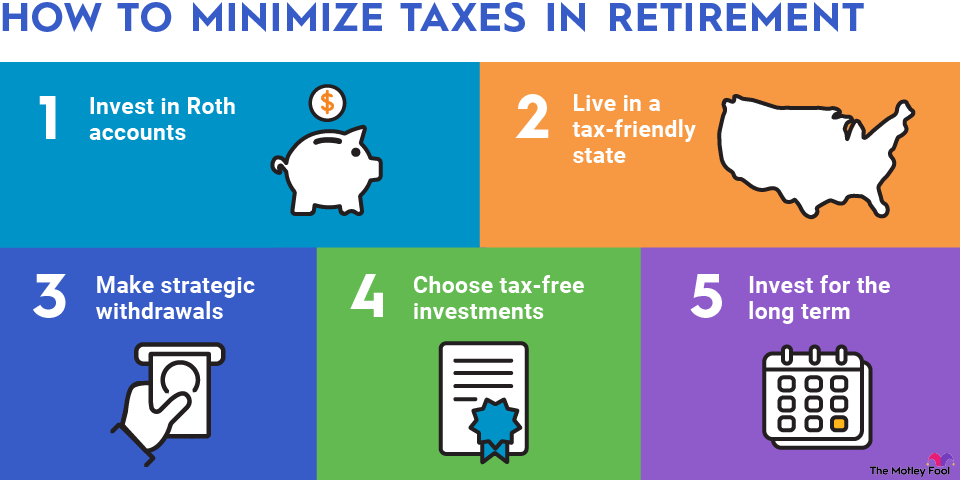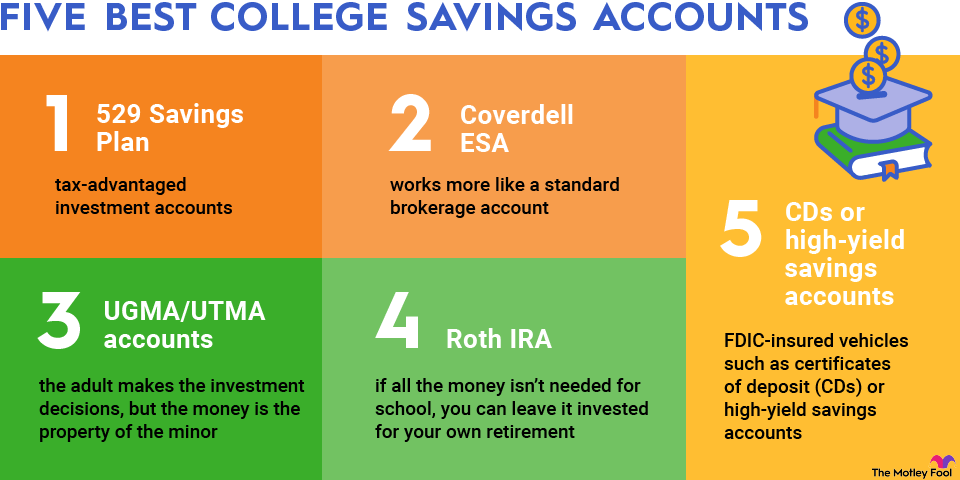There isn’t any special tax treatment for RMDs -- unlike with dividends or capital gains -- so you’ll need to be extra careful in planning around RMDs.
Taking the required minimum distribution is mandatory and unavoidable, but taking beyond the minimum can make sense if you’re in an otherwise low-income year. Purposely liquidating big portions of your pre-tax retirement savings can be a tax-saving move if you don’t have enough total income to “fill up” the lower tax brackets.
On the flip side, if you’re a high-income earner (whether active or passive), it’s possible that taking too much from pre-tax retirement accounts can push your income into a higher tax bracket, leading to higher-than-necessary tax costs. Having too much income in retirement can also lead to greater taxation of Social Security, as well as increased Medicare premiums.
RMDs and penalties
If you fail to take your RMD on time, you'll be liable for a 25% penalty. The penalty drops to 10% for IRA owners who fail to take an RMD but correct their mistake in a timely manner.
This penalty would be levied in addition to the taxes you’ll owe on the missed RMD. Depending on your total tax picture, you may also owe interest. In other words, failing to take your RMD has major consequences.
Following the earlier example, failure to withdraw $12,195 in the first year you were responsible for RMDs would result in a penalty of up to $3,048.
It’s truly in your best interest to take all RMDs when they’re due and to consider them as a fixed piece of your tax planning process.



















